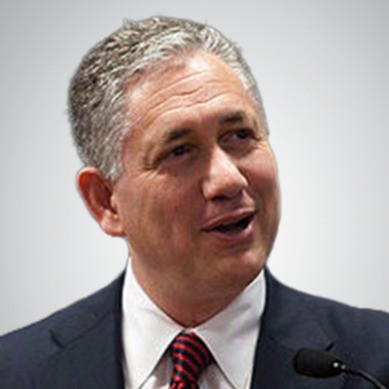Building Better Benefits: Stuart Piltch on Improving Employee Health and Engagement
Building Better Benefits: Stuart Piltch on Improving Employee Health and Engagement
Blog Article
Worker advantages have been a crucial element in attracting and keeping talent, but in recent years, the target has shifted toward selling general health and well-being. Stuart Piltch, a acknowledged head in healthcare consulting and Stuart Piltch insurance strategy, reaches the front of this transformation. His modern way of designing staff advantages applications seeks not merely to offer insurance but also to improve the physical and emotional wellness of employees.

The Shift Toward Holistic Worker Benefits
Usually, employee benefits aimed mainly on medical insurance and pension plans. But, Piltch has acknowledged that contemporary workforces require more comprehensive support. His method combines bodily wellness, emotional wellness, financial wellness, and work-life stability in to a simple cohesive strategy.
“Wellness is not just about doctor trips and medications—it's about how precisely workers sense at work, their stress degrees, their economic balance, and their capacity to steadfastly keep up a work-life balance,” Piltch explains.
That shift shows a growing knowledge that staff health and production are carefully linked. Healthier workers are far more employed, miss less workdays, and contribute to a far more good and collaborative perform environment.
Progressive Advantages Methods
Piltch's staff advantages programs were created with both employer's budget and the employee's wants in mind. A number of his critical strategies contain:
1. Enhanced Emotional Health Support
Recognizing the raising impact of mental health problems, Piltch has advocated for expanding usage of mental wellness resources. His benefits options usually contain:
- Free or low-cost treatment sessions.
- Use of mindfulness and strain administration programs.
- 24/7 emotional wellness hotlines.
2. Wellness Incentives
Piltch's applications contain incentives for employees to participate in balanced behaviors. For instance:
- Gym account reimbursements.
- Financial rewards for standard wellness checkups.
- Stage issues and wellness competitions.
3. Telemedicine and Electronic Attention
Piltch has been an early on advocate for telemedicine, ensuring that employees have usage of healthcare specialists anytime, anywhere. Electronic treatment decreases the barrier to seeking support and encourages employees to handle health issues early.
4. Financial Wellness Programs
Knowledge that economic stress affects overall health, Piltch has incorporated economic literacy applications into advantages packages. These programs contain:
- Debt counseling and budget planning.
- Retirement planning assistance.
- Employee inventory purchase plans.
5. Flexible Perform Plans
Piltch has additionally worked with businesses to apply variable perform plans that promote better work-life stability, such as for example:
- Remote perform options.
- Variable hours.
- Paid mental health days.
Data-Driven Way of Employee Advantages
One of the distinguishing facets of Piltch's technique is his use of information to fine-tune advantages programs. By studying worker health trends, advantages consumption, and feedback, Piltch helps companies alter their products to meet up the developing wants of the workforce.
“Advantages are not static—they have to evolve with the workforce,” Piltch says. “The important thing is listening to workers and applying data to make a plan that truly helps them.”
The Effect on Worker Health and Company Achievement
Piltch's progressive advantages programs have generated measurable changes in equally employee health and business performance. Organizations which have followed his strategies record:

- Higher staff satisfaction – Employees experience respected and supported.
- Lower absenteeism – Increased health results in less ill days.
- Increased output – Employees are more aimed and engaged.
- Greater retention costs – Personnel are prone to stay with companies that help their well-being.
Realization
Stuart Piltch employee benefits's approach to employee benefits presents a shift toward a far more holistic and customized model of staff care. By approaching bodily, mental, and economic health together, Piltch assists companies develop a healthy, more engaged workforce. His data-driven techniques make sure that employee benefits remain powerful and relevant, contributing not just to personal well-being but and also to overall organization success.
Report this page